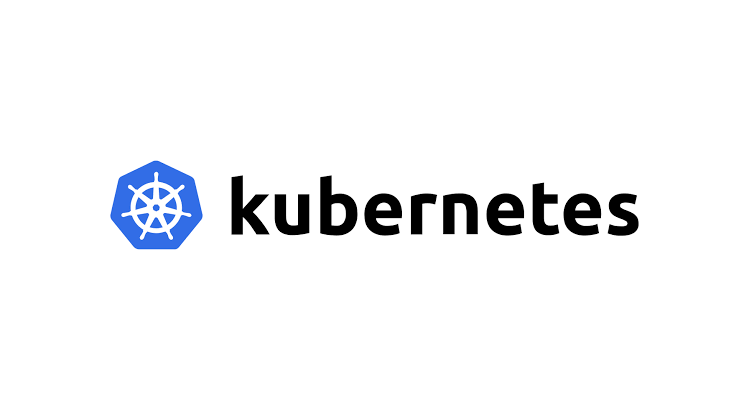Kubernetes is great for running stateless workloads, like web servers. It’ll run health checks, restart containers when they crash, and do all sorts of other wonderful things. So, what about stateful workloads? Large implementers like Uber say to avoid it if you can [1], and gurus like Kelsey Hightower echo that sentiment [2].
It’s the topic we’ll address on August 20th at our live SNIA Cloud Storage Technologies Initiative webcast “Kubernetes in the Cloud (Part 3): Stateful Workloads.” In this session, we’ll explore when it’s appropriate to run a stateful workload in cluster, or out. We’ll discuss the best options for running a workload like a database on the cloud, or in the cluster, and what’s needed to set that up.
We’ll cover:
- Secrets management
- Running a database on a VM and connecting it to Kubernetes as a service
- Running a database in Kubernetes using a `stateful set`
- Running a database in Kubernetes using an Operator
- Running a database on a cloud managed service
Register today to save your place on August 20th. This is the 3rd installment of our Kubernetes in the Cloud webcast series. Kubernetes in the Cloud (Part 1) and Kubernetes in the Cloud (Part 2) are available on demand. I encourage you to check them out for great information and demonstrations on Kubernetes.
[1] https://eng.uber.com/dockerizing-mysql/
[2] https://twitter.com/kelseyhightower/status/963413508300812295











 Ever wonder why and where you would want to use Kubernetes? You’re not alone, that’s why the SNIA Cloud Storage Technologies Imitative is hosting a live webcast on May 2, 2019 “
Ever wonder why and where you would want to use Kubernetes? You’re not alone, that’s why the SNIA Cloud Storage Technologies Imitative is hosting a live webcast on May 2, 2019 “
Leave a Reply